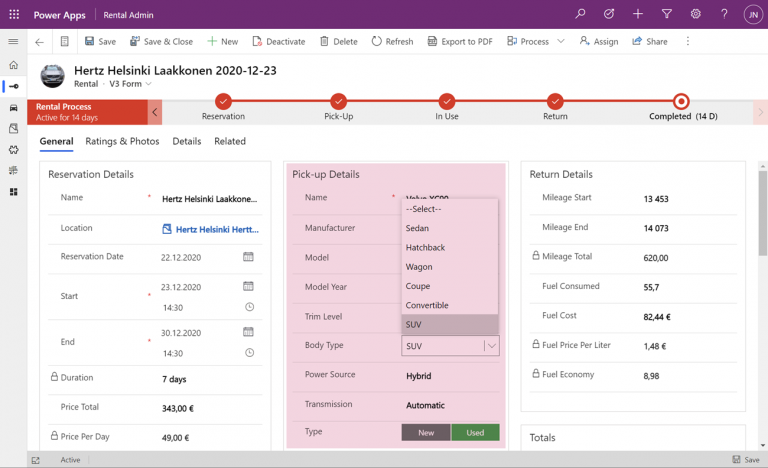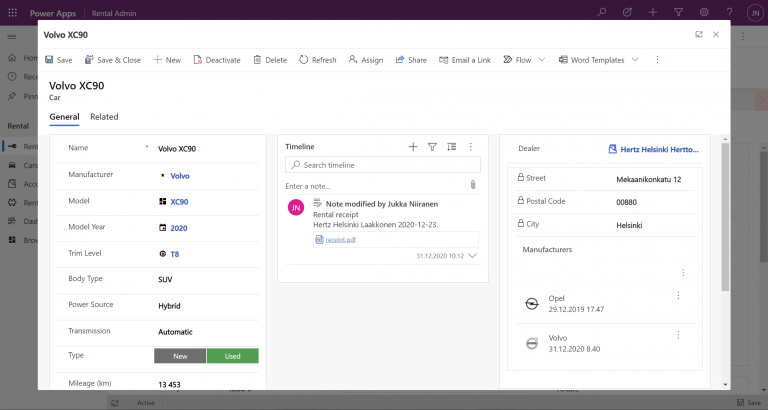Related sites:
Newsletter: Perspectives on Power Platform
Company: Niiranen Advisory Oy

How to make fields from a related table editable on a Power Apps Model-driven app form with the new "forms within forms" PCF control. This second part shows how to go beyond Quick View Forms and create a seamless data entry experience.

How to improve the user experience of Power Apps forms that reference data from multiple related tables in Microsoft Dataverse. In the first part we'll explore the use of Quick View Forms together with Main Form Dialogs.

Here are the three most important topics that shaped the world of Power Platform and Dynamics 365 in the year 2020.

Dataverse instead of CDS, tables instead of entities, Customer Insights instead of... Customer Insights. Don't get too attached to any particular name in the Power Platform and BizApps world, as the only constant here is change.

5 tips for improving the search results that your Model-driven Power Apps or Dynamics 365 apps provide via the Relevance Search feature.

Microsoft has removed the Customer Engagement and FinOps buckets from their licensing documentation and now offers a single menu of Dynamics 365 apps. What should the CE professionals now identify themselves with in this new world?

Video of my presentation from Microsoft Ignite 2020 event: "How Power Platform Now Empowers All Microsoft Teams Users".

Teams started out as a pure collaboration tool, but it's now becoming a platform for no-code, low-code and pro-code business apps. Here's an analysis of the potential impact Teams will have for Power Platform and Microsoft 365 application development.

Due to trademark issues, Microsoft had to back off from their plans to rebrand CDS as "Dataflex". How does something like this even happen?

How did the outside world react to Microsoft's announcement of Dataflex and what questions should we focus on after the dust settles from Inspire 2020.